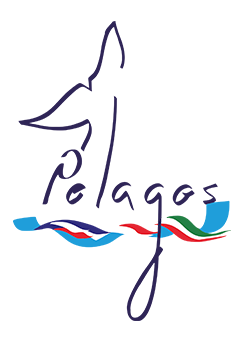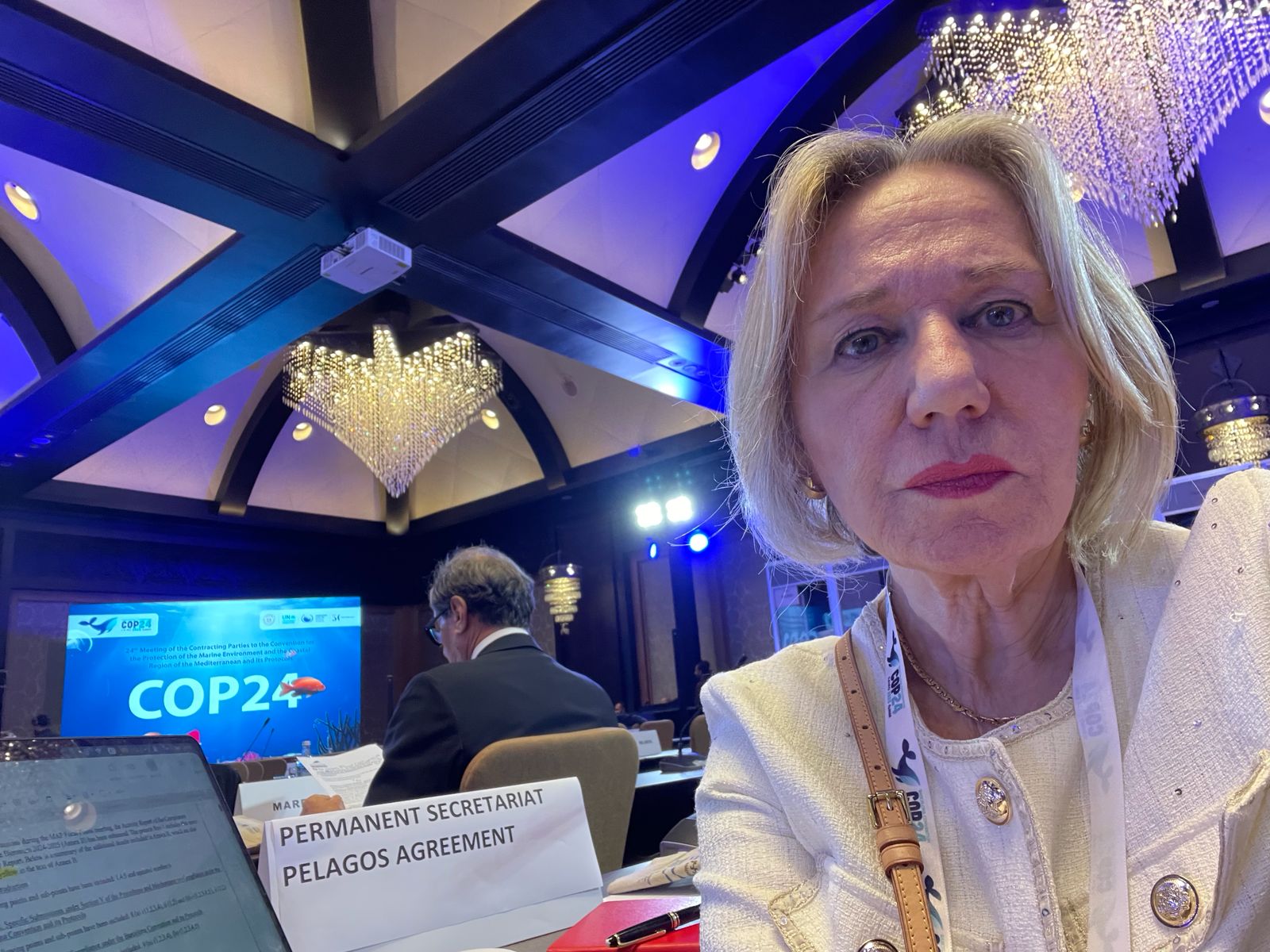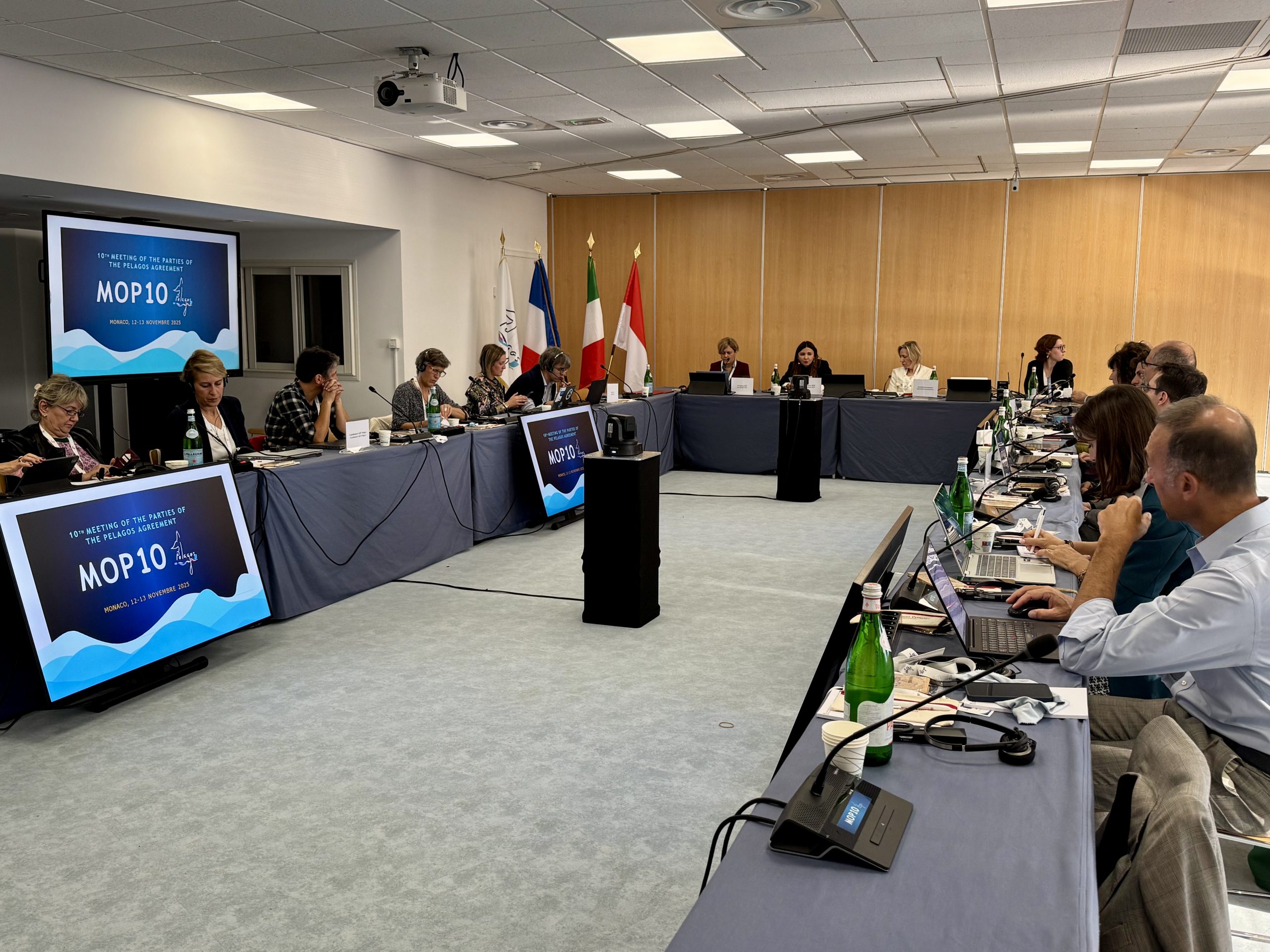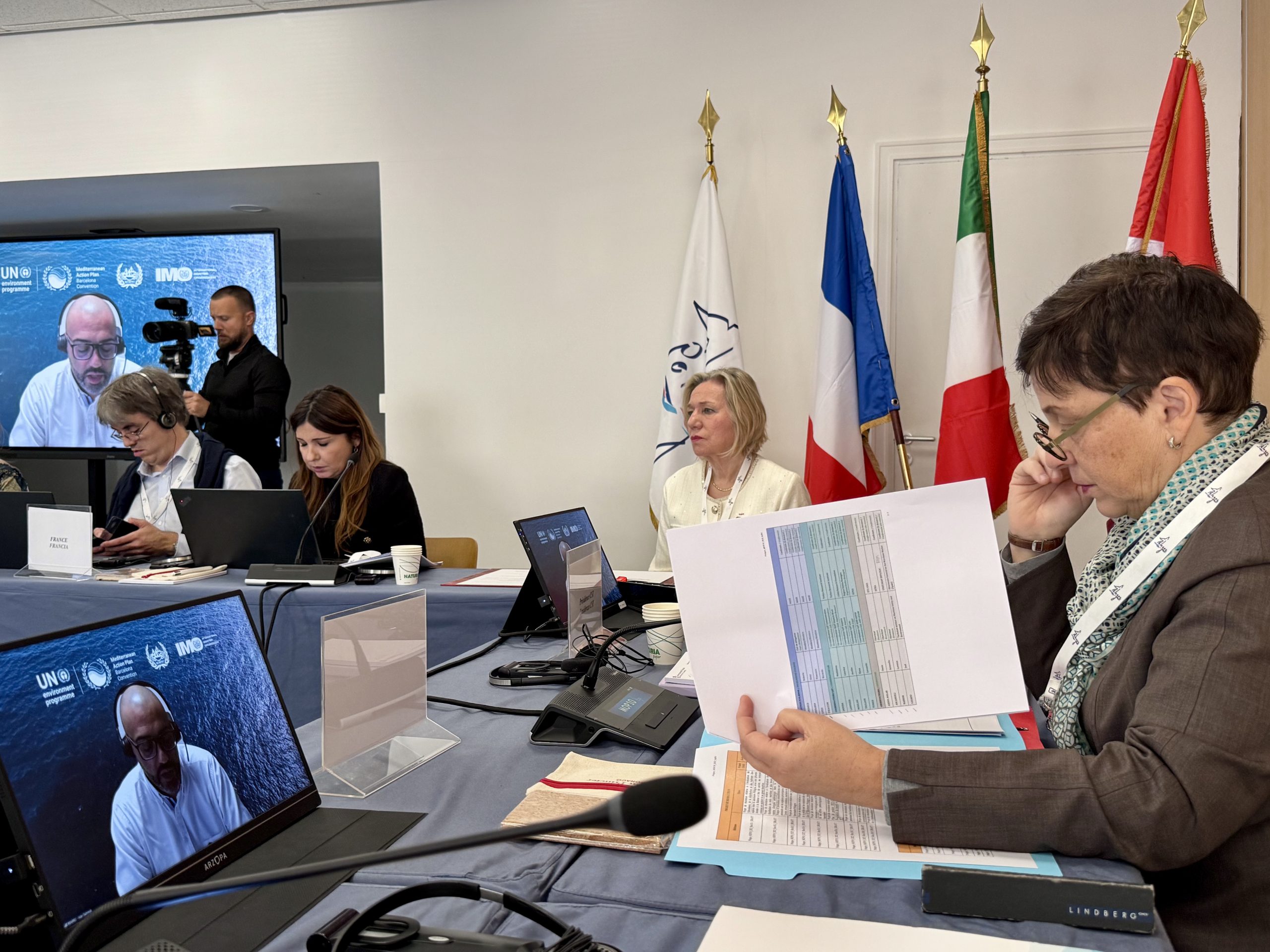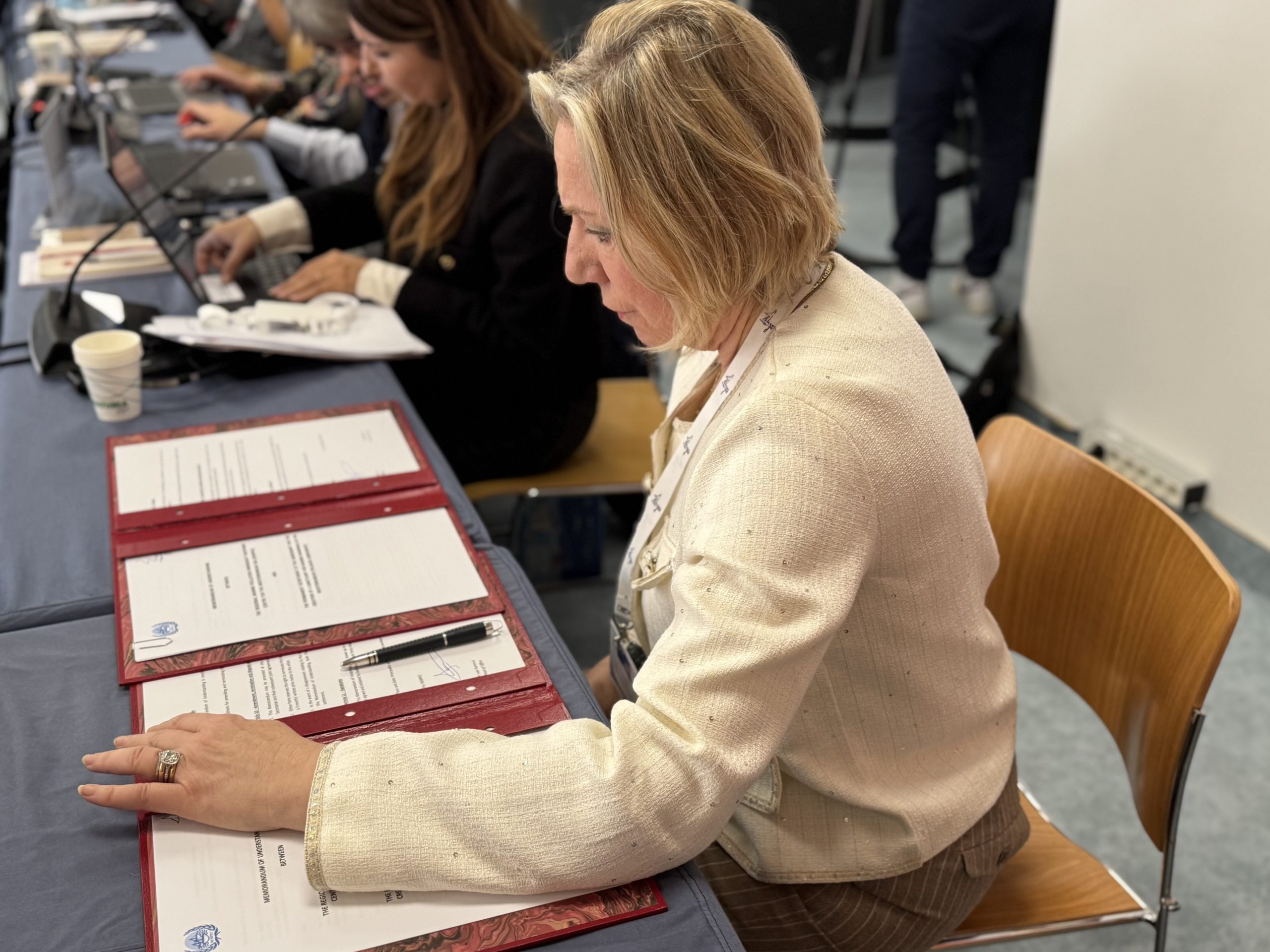A quieter ocean for the Pelagos Sanctuary: a study on maritime traffic and underwater noise
A quieter ocean for the Pelagos Sanctuary: a study on maritime traffic and underwater noise
The Pelagos Agreement continues its commitment to protecting the marine ecosystem of the Sanctuary: a project has been carried out to assess the distribution of maritime traffic and anthropogenic underwater noise, with the aim of exploring one of the most insidious yet least visible impacts on marine wildlife.
A project at the service of conservation
The study, entrusted to the French institute Quiet-Oceans, a specialist in marine acoustics, focused on four main objectives:
- analyzing the seasonal distribution of both commercial and recreational maritime traffic;
- mapping underwater noise generated by human activities;
- assessing the risks associated with continuous low-frequency noise for sensitive species;
- defining an operational plan for future analyses and strategies, to be shared with the working groups of the Agreement.
Cutting-edge tools for a complex challenge
To achieve these goals, Quiet-Oceans uses two advanced technological platforms:
- OceanPlanner©, a data analysis and visualization tool based on AIS (Automatic Identification System) data, capable of identifying navigation patterns, assessing risks, and prioritizing intervention areas;
- Quonops©, a modeling platform for predicting and mapping underwater noise, which incorporates both environmental and anthropogenic parameters such as bathymetry, wind, seabed type, salinity, and vessel traffic.
These tools enable the generation of seasonal maps of traffic and noise, the estimation of underwater sound pressure levels, and the identification of the most critical areas and periods for marine fauna.
Key findings
The analysis was based on over 60 million AIS (Automatic Identification System) positions from the years 2019 and 2023, with acoustic models calibrated using data collected off the coast of Corsica. Results were compared with the potential presence areas of four priority species: fin whale, sperm whale, Cuvier’s beaked whale, and bottlenose dolphin.
The study revealed that anthropogenic noise, especially in summer, frequently exceeds natural levels over large parts of the Sanctuary. Under average conditions (P50 percentile), noise levels from ship traffic are 5–10 dB higher than natural noise, with peaks exceeding 20 dB along the busiest routes. These excess levels can significantly reduce cetaceans’ acoustic communication and orientation abilities, causing masking effects that impair vital behaviors such as socializing and hunting.

Regarding collision risk, predictive models showed that Ro-Ro vessels (Roll-on/Roll-off ships designed to transport vehicles) represent the most hazardous category. In 2023, they traveled about four times the high-speed distance (>15 knots) compared to recreational boats. Risks are higher in the central and northern areas of the Sanctuary, where high-speed commercial routes intersect with critical habitats for fin whales and sperm whales—large cetaceans particularly vulnerable to collisions with large ships.

The study also confirmed a strong seasonality of impacts: while commercial traffic remains relatively stable, recreational boating increases dramatically in summer, contributing significantly to seasonal noise pollution.
It is important to note that the study mainly relied on AIS data, a system mandatory for commercial vessels of a certain size, but not for all recreational and fishing boats. This means that some traffic—particularly small-scale recreational activity—may not be fully represented in the data analyzed. However, compared to 2019, there was a noticeable increase in the number of recreational vessels detected in 2023, partly due to the wider adoption of AIS devices among private boats. This technological progress improves coverage, but data gaps remain, potentially leading to underestimation of the cumulative impact of small-scale traffic, especially in summer.
A commitment to knowledge
This project is a concrete step toward filling scientific gaps related to underwater noise—internationally recognized as a threat to cetaceans—in line with IMO guidelines and the EU Marine Strategy Framework Directive. The data collected will be fundamental for guiding mitigation actions, updating management strategies, and strengthening scientific cooperation among states.
Through this study, the Pelagos Agreement shows that protecting biodiversity also means protecting silence. Investing in scientific monitoring tools means building a solid foundation to face future challenges in a Mediterranean increasingly busy with maritime traffic.
